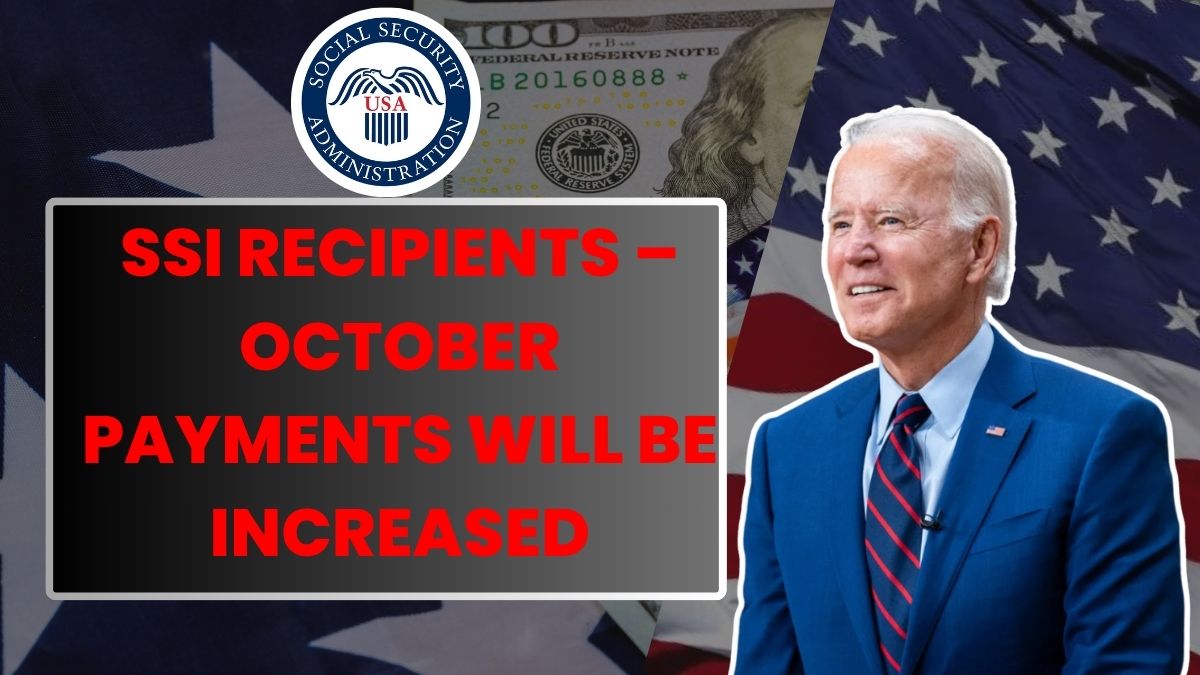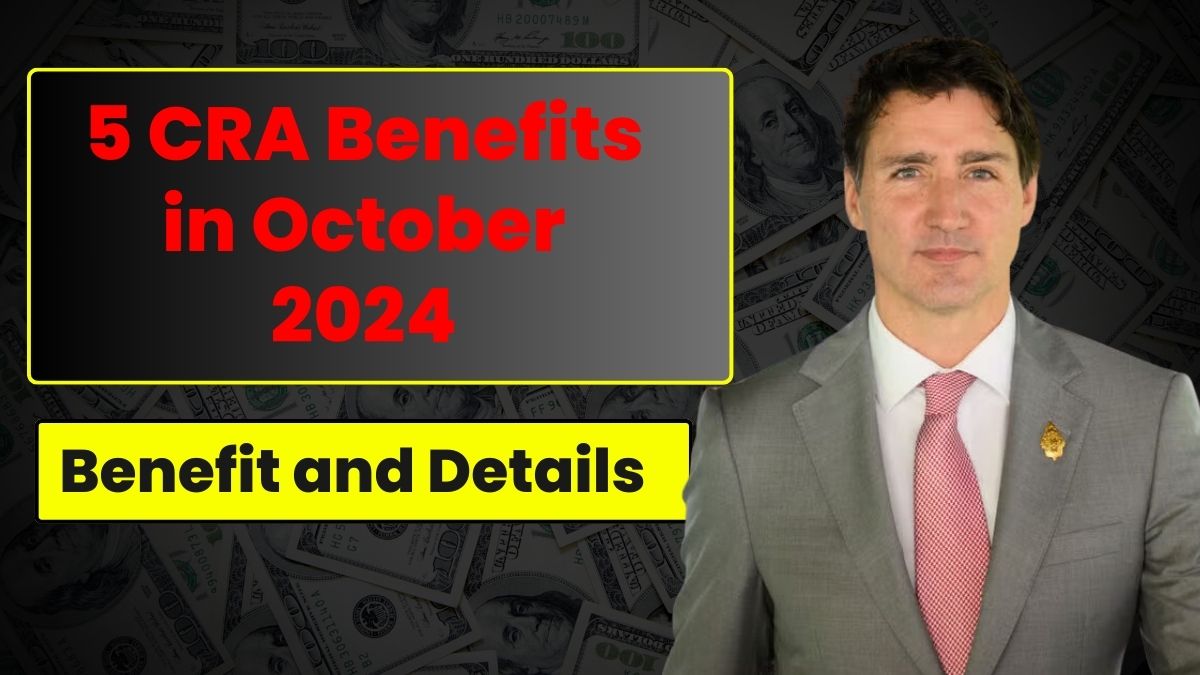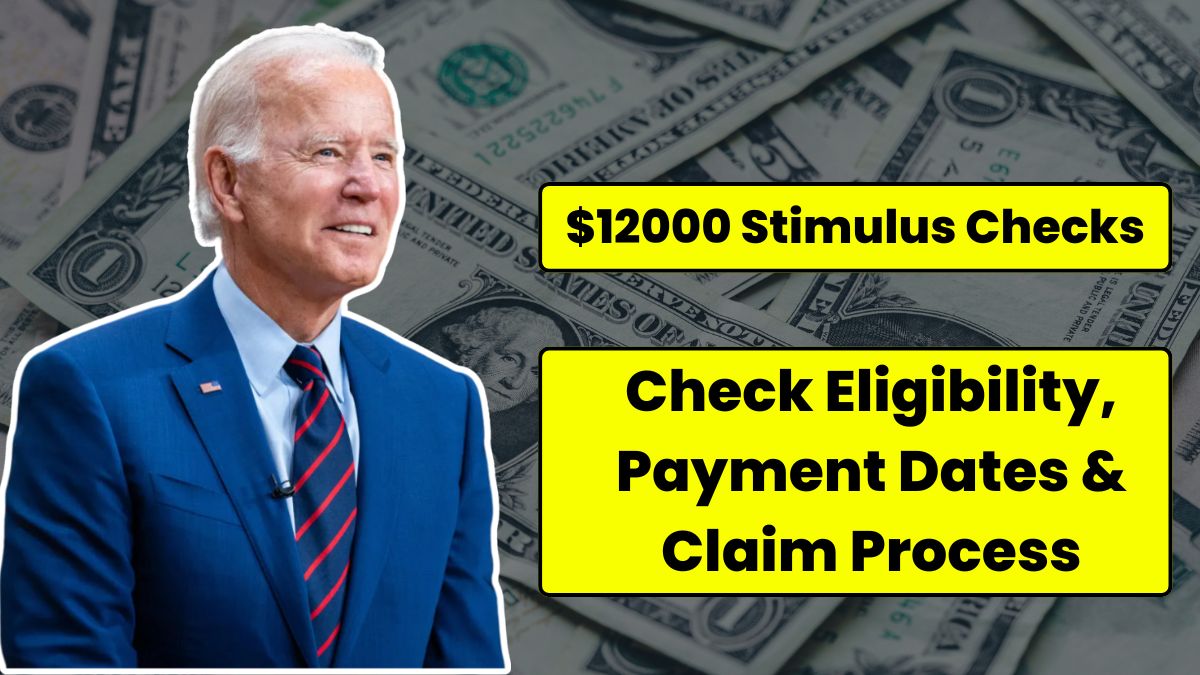Good News for Some SSI Recipients : In October 2024, the Social Security Administration (SSA) will implement several changes to its Supplemental Security Income (SSI) program, which will improve the lives of low-income people.
The updates simplify eligibility, reduce administrative burdens, and increase payments for many Americans. The following sections explain the changes, how they affect current and potential beneficiaries, and what to expect.
Key Updates for SSI Recipients
In order to improve access to SSI, some of the stricter regulations around food and rental support have been eased. Here are the updates in detail:
1. Removing the ISM calculation from food assistance
Under the In-Kind Support and Maintenance (ISM) calculation, informal food assistance provided by friends, family, or community members will no longer be counted as income. A person’s ability to receive SSI benefits could be reduced or disqualified if he or she received food assistance. Over 90,000 beneficiaries will benefit from this change, which will simplify the process and increase their monthly payments by an average of $131.
2. Expansion of the rental subsidy exception
In addition to Connecticut, New York, and Illinois, the SSA has expanded a rental subsidy exception to the entire country. This change could increase payments by an average of $132 per month for around 41,000 people.
3. SNAP benefits are now included in the definition of households receiving public assistance
As of now, Supplemental Nutrition Assistance Program (SNAP) recipients will be included in the definition of a public assistance household. To qualify as a public assistance household, all members of the household had to be on public assistance.
The update makes it easier for individuals in mixed-income households to qualify for SSI since only one member needs to receive public assistance. By increasing monthly payments and simplifying reporting, this update is expected to benefit about 277,000 people.
SSI Eligibility Changes and Impact
An individual with very low income can apply for SSI if he or she is elderly, disabled, or blind. In general, individuals must earn no more than $1,971 per month and have limited assets (up to $2,000 for individuals and $3,000 for couples).
- The maximum monthly benefit for SSI recipients in 2024 is $943 for individuals and $1,415 for couples.
- With the new rules, food and housing assistance from family and other household members will not count as income, making it easier for recipients to qualify for benefits.
Expansion of rental subsidy in states
| State | Expected Increase in Payments |
|---|---|
| Connecticut | $132 |
| New York | $132 |
| Vermont | $132 |
| Illinois | $132 |
| Indiana | $132 |
| Wisconsin | $132 |
| Texas | $132 |
| Entire U.S. (from October) | $132 |
An application process that is simplified
Additionally, the SSA is streamlining the application process by providing a more user-friendly online application. Beneficiaries will be able to apply for SSI and update their information more easily, further reducing their administrative burden.
Here are some reasons why these changes are important
As a result of these updates, SSI recipients will now have greater access and equity. SSA aims to provide more financial stability to those who need it most by removing unnecessary barriers like food assistance counting as income and simplifying rental assistance. As living costs rise, more individuals need to stretch their benefits further.
Final thoughts
Good News for Some SSI Recipients : In October 2024, thousands of low-income Americans will benefit from changes to the SSI program.
With simplified rules regarding food and housing assistance, increased payments, and a more user-friendly application process, the Social Security Administration is working to assist more people.
In addition to improving equity and reducing poverty, these updates are part of SSA’s overall efforts.












